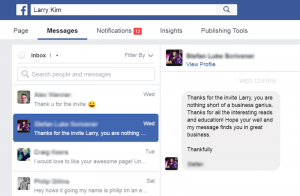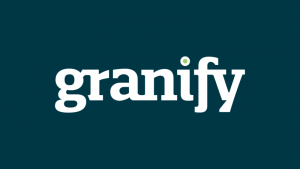Put a framework into place with semi-annual planning meetings to keep your social media marketing flowing steadily and smoothly.
Ric Dragon on September 10, 2014

Many bloggers and community managers have known for years that planning out content in advance with a calendar can help guide what otherwise might be an ad-hoc flailing about.
For some, it can be as simple as planning out a few blog posts ahead, while for others, it might include a year of planning ahead.
At Dunkin’ Donuts, for instance, the social media team maps out major product launches (yes! it’s time for that pumpkin menu again!), major holidays, and other events.
However, this calendar only serves as a rough framework, leaving room for other content that might come about in the interim.
In order to create relevant content that spans both the red-letter days as well as quotidian minutiae, you’ll want to go well beyond the content calendar, and create a comprehensive content planner. Following here is a rough framework for creating that plan that you can adapt and revise for your own brand.
Every organization is different. In some, the community managers may not sit next to the people creating blog posts, or, in other companies, they might be one and the same. Hopefully, if your organization does have a more complex team makeup, the whole system will be in the room for planning sessions.

Annual Planning
Red-Letter Days – Map out red-letter days for the year. Even though this is an annual calendar, it might be a good idea to schedule a meeting to plan this every six months. By doing so, you’re less apt to under-plan for content that should be created at the beginning of the planning timeframe.
Of course, you’ll be thinking about the major holidays, seasons, and life events that are associated with times of the year (like going-back-to-school and weddings). Also consider any special event days for which you wish to be associated. GE, for instance, has chosen Inventors’ Day as a key event for the brand.
This is also the time to consider any “deep content” endeavors. Many brands are finding that instead of, let’s say, a hundred blog posts requiring a modicum of effort, focusing on deeper pieces can have a pretty hefty payoff. You might consider planning out two to three such big pieces for the year.
Whether it’s a cool graphic for a major event or a more multifaceted piece of content, you’ll want to plan for it. Use a creative brief to specify the nature of the content, the audience, the scope, and the purpose. Often, this type of content can require a project plan of its own, spanning ideation to execution
Monthly, Weekly, Daily
Besides having the content project plans in place for the larger content pieces and major events, you’ll want to have a planning session for each coming month. When you do, be sure to think ahead into the following month as well, so that content that might come at the beginning of the following time period doesn’t get short shrift.
Magazine editors have always had these types of meetings as they plan out the next issue of their publication. At Cosmopolitan, I’ve learned through interviews, the editor is known to include in that discussion the notion of how well any piece of content in the magazine might then play out in social media. The discussion has been known to affect how a topic has been framed on several occasions.
Both weekly and daily meetings around content can be scrum-style meetings where everyone, while standing, quickly discusses the coming week or day, and if there are any particular content needs that should be discussed.
The idea of meetings with people standing up came from the software development world, where it was found that if people were standing up, they were less apt to waste time in the meeting; it’s a purpose-driven meeting.
The dailies can be quick 10-minute chats — “is there anything notable today that we should be thinking about?”
Also, consider thinking ahead to the content needs of the coming week or month. Are there opportunities to tease up to that content and create a bit of narrative storytelling? If such opportunities exist, how can your content for today help to create that narrative?
Better Flow
Creating a planning framework as described can help solo content creators as well as whole teams.
Another advantage for planning by social teams is that different people can step into a role at different times.
Depending on the structure of your social media team, someone who is unfamiliar with an ongoing flow of content might need to step into a community manager role on Monday morning. If a content flow and plan exists, that person should be able to step in and assume the role without a hiccup.
Marketing Land – Internet Marketing News, Strategies & Tips
(415)





